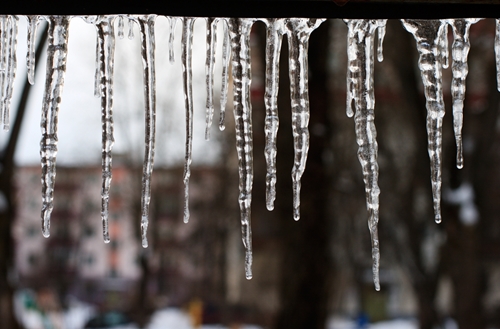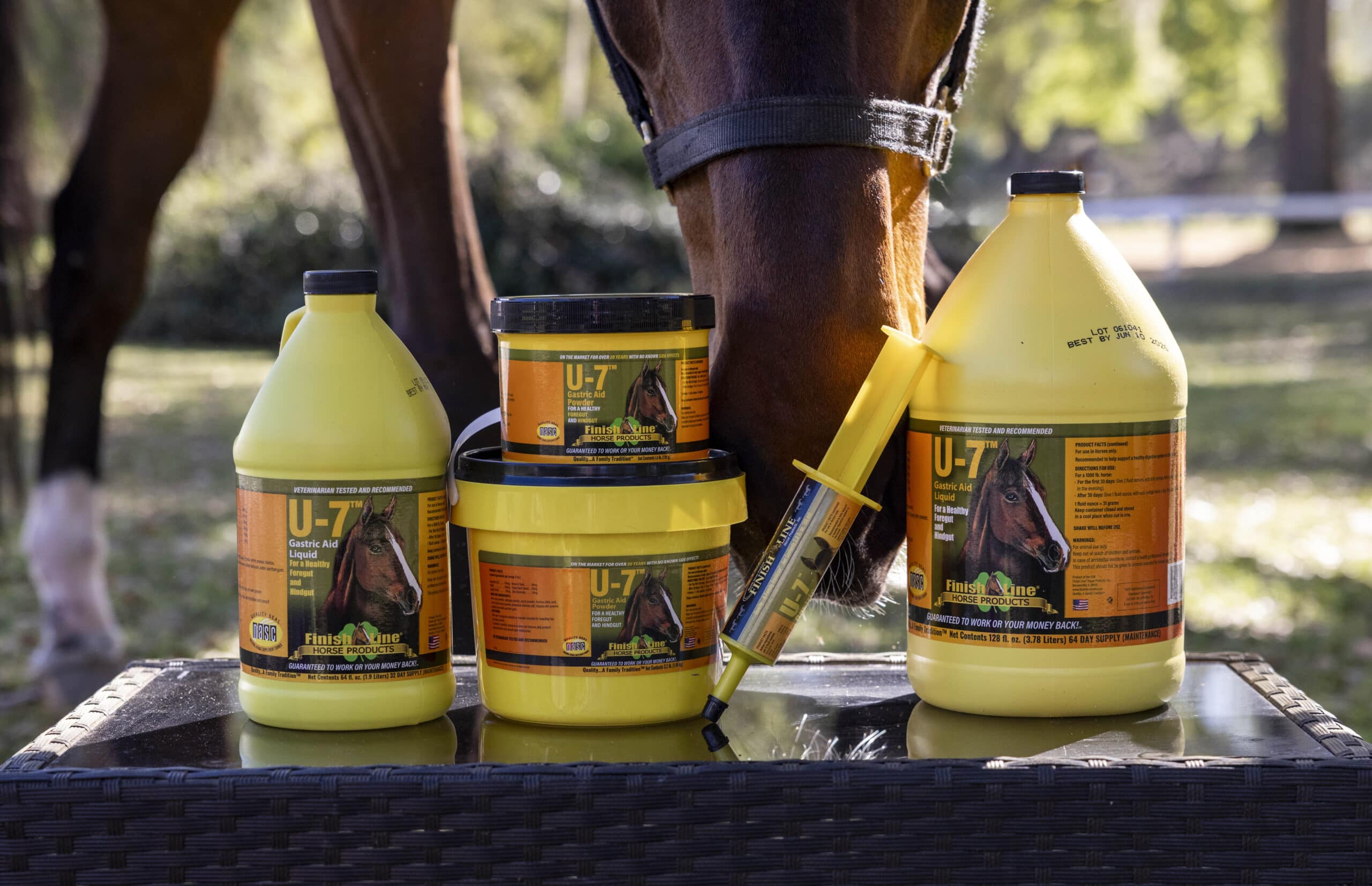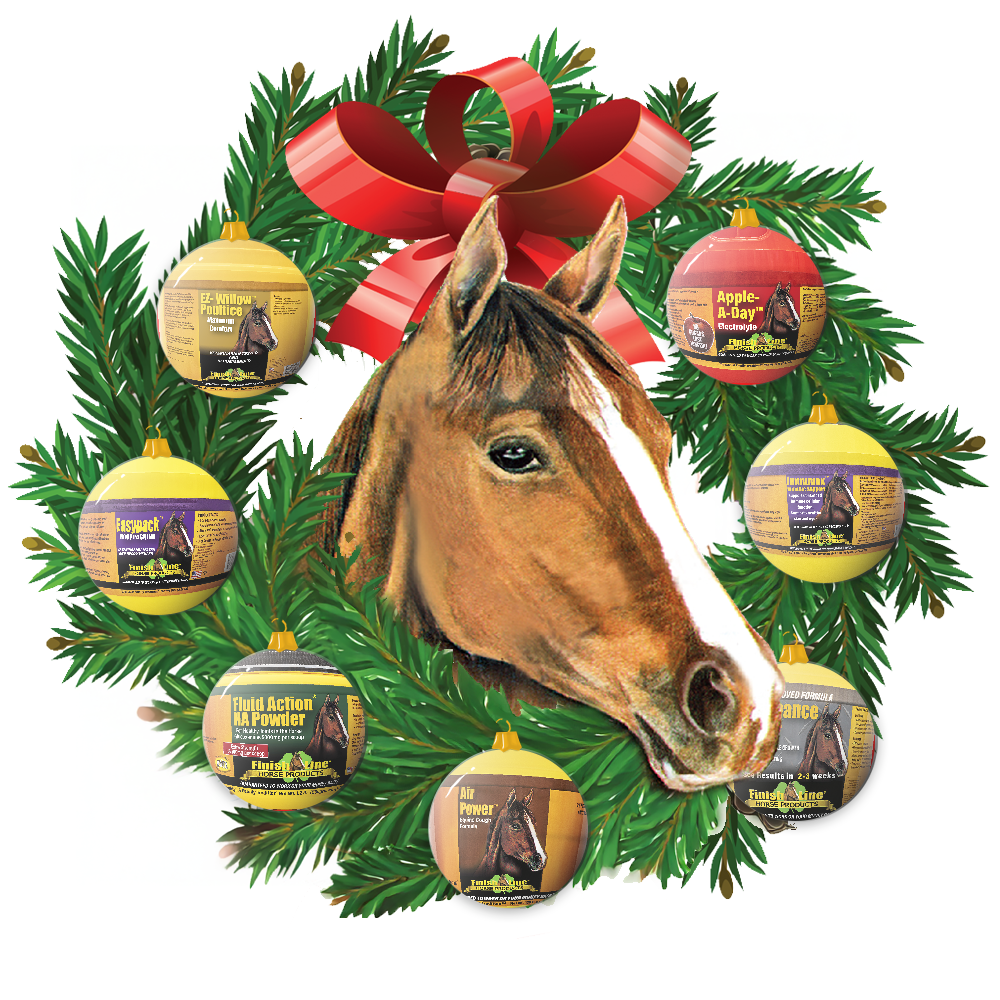A horse’s dietary needs change as the temperature starts to fall. Horses are sturdy creatures and can tolerate temperatures as low as 18 degrees Fahrenheit on their own and -40 with shelter, according to the University of Minnesota. However, equines need additional dietary energy to maintain their body heat in this weather – an additional 1 percent for every degree below 18, to be precise.
“The best winter feed option is high-quality hay.”
Unfortunately, if you live in a northern region, your horse can’t go out to pasture and graze to its heart’s content in winter. You’ll need to supplement its diet, and the best feed option is quality hay, not grain.
Most of a horse’s body heat comes from the digestion process. High-fiber feed produces more energy than low-fiber options, making hay a superior choice over corn, barley or other grains. If grain is unavoidable, look for oats instead. According to North Dakota State University, oat hulls contain a good amount of fiber to keep your equine warm.
If your horse has poor teeth and can’t handle hay, Horse Channel recommended feeding it large servings of hay pellets or soaked alfalfa cubes. In addition, your horse will need salt for sodium and other trace minerals.
How much should my horse eat?
You don’t need to load up your equine with extra fat to keep it warm in the colder months. In fact, make sure to monitor your horse’s weight throughout the winter so it doesn’t grow obese. A plump horse will run into health and training issues come spring. It’s hard to gauge a horse’s condition by eye when its winter coat sets in, so rub your hands along its ribs. If you feel them just slightly, your horse is at a healthy weight.
A healthy adult horse eats about 2 percent of its body weight each day, meaning a 1,000-pound horse needs about 20 pounds of food. Cold weather means your horse needs to eat a little more, but not as much as you might think. For every 10 degrees below 30, give your equine an extra 2 pounds of feed. Again, make sure the hay is of high quality, meaning it is slightly green with a healthy amount of leaves. Quality hay provides more nutrients and creates less waste.
“Owners can supply all the poor-quality hay they want and a horse still will lose weight in rough winter conditions,” said Carrie Hammer, an equine specialist at NDSU. “Poor-quality hay just doesn’t provide the energy and nutrients a horse needs to survive during a harsh, cold winter.”
In addition, your horse needs a steady supply of warm water to make up for the moisture it can no longer obtain from forage. Horses avoid cold water in winter, putting them at risk of colic and dehydration. The University of Minnesota recommended giving your horse water between 45 and 64 degrees F.
If you’re concerned about your horse’s gastric health and hydration in the winter, try giving it equine supplements like Finish Line’s Total Control. This multivitamin combines five of Finish Line’s best-selling products to support your horse’s total health.








